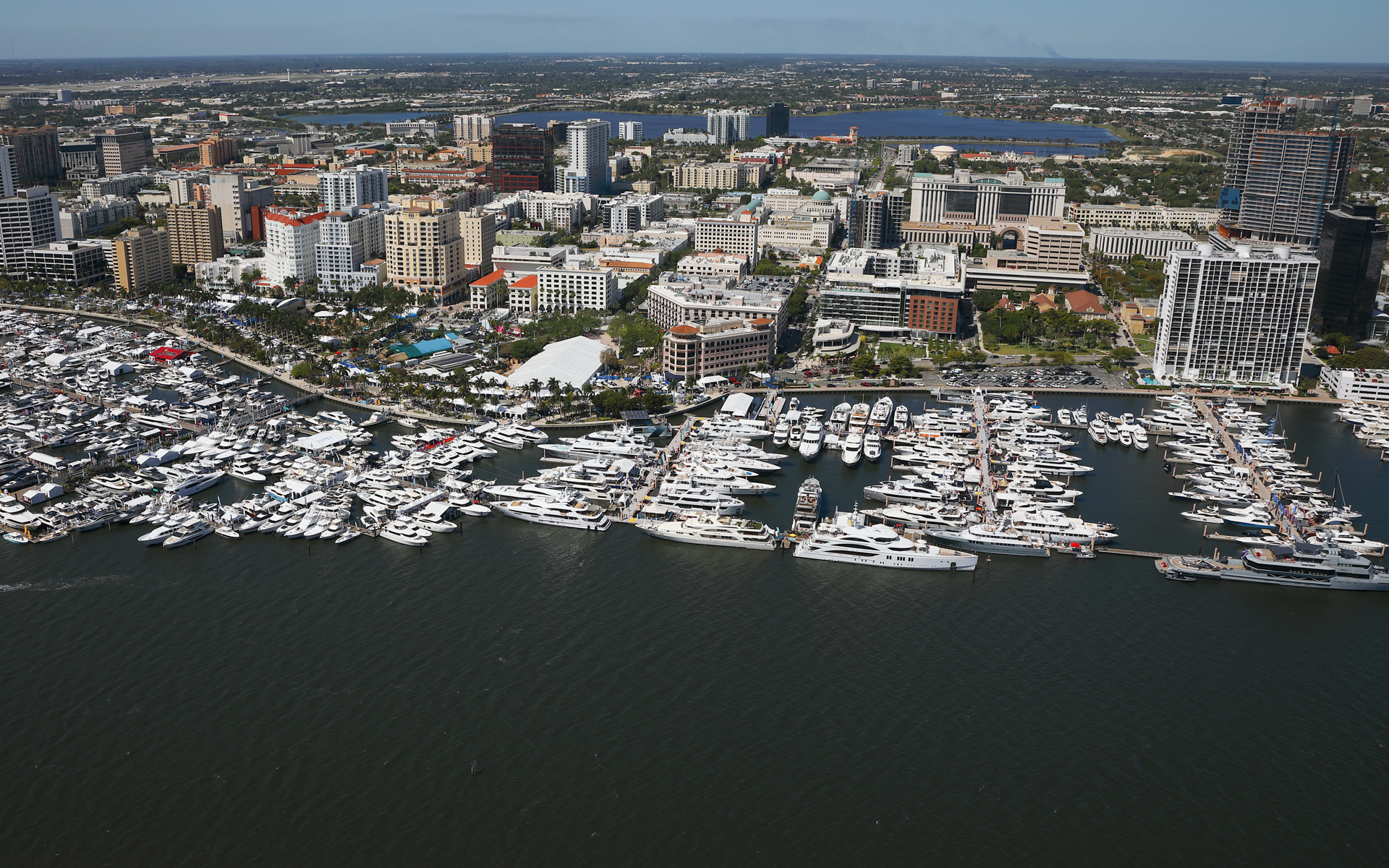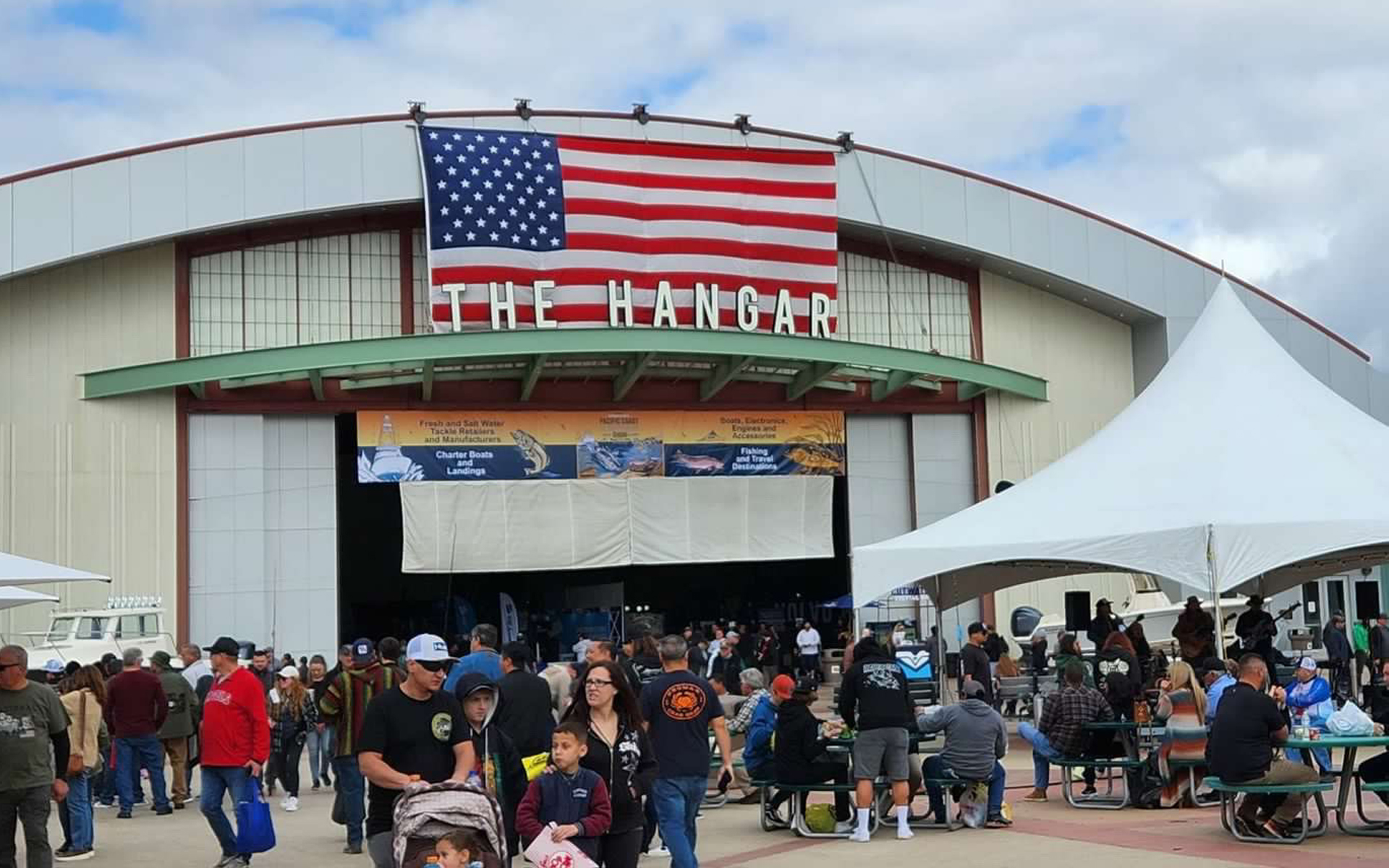As many people know from the Lighting Ordinance Signs along A1A, March 1rst is the beginning of the Sea Turtle Nesting Season here in Fort Lauderdale. Sea Turtles spend most of their life in the sea-the males almost never come ashore and the females only to nest. Twenty-Thirty years after a female sea turtle is born, she mates and comes ashore to lay her eggs within a half mile or so of where she was born. Depending on the species of turtle, she will nest as many as seven times in a summer, up to 14 days apart every two or three years. Due to development and beach erosion, sea turtle nesting areas are becoming compromised. Not only are sea turtles’ natal habitats disappearing, in many areas their nests are dangerously close to the road or exposed to bright lights which draw hatchlings away from the ocean and an untimely death. For this reason, it is of utmost importance to their survival (all species are either endangered or threatened) that we protect our sea turtle nesting areas and hatchlings.
In Fort Lauderdale and throughout Broward County many people devote long hours during the summer to the preservation of sea turtles. Early in the morning before dawn, students from Nova Southeastern University drive along the beach in an ATV. Their job is to find, identify and tape off new nests that have been laid during the night. They are able to determine the species of the turtle by the pattern of her tracks and by the location and size of the nest that she makes. A designation for the species, along with the date the nest was laid, and an assigned number for the nest are recorded on a placard and posted at the western side of the nest with a warning prohibiting anyone from entering or disturbing the area.
Three types of sea turtles normally nest on Fort Lauderdale’s beaches:
The largest and most scarce is the Leatherback (Dermochelys coriacea) which can weigh anywhere from 650 to 1,300 lbs. Leatherbacks, but only a handful, usually begin to nest here in March.

The smallest and most abundant is the Loggerhead (Caretta caretta) which can weigh up to 350 lbs. Loggerheads start to come in late April and nest here until late August.

The third type is the Green (Chelonia mydas) which is the second largest species and averages about 350 lbs. Greens nest on our beach in July, August and September.

Once the first nests are ready to hatch, a group of volunteers, primarily from a non-profit organization called Seaturtle Oversight Protection, begin to monitor the nests nightly. As the incubation period for sea turtle eggs varies from species to species and can change depending on the weather, there is no way of knowing exactly when a nest is going to hatch. Volunteers spend many hours checking nests often a mile apart in hopes of being on hand when they hatch out. If there when the hatchlings finally reach the surface after digging their way up from an 18” deep chamber, they wait until the turtles have emerged from the taped off area to see if they head towards the ocean. Sadly enough the baby turtles often move in the wrong direction, lured by the lights of the condos, hotels, etc. and sky glow from the port and the city. At this point in time, the volunteers who have permits (issued by the Florida Fish and Wildlife Conservation Commission) pick up the hatchlings that are clearly going away from the ocean, put them in buckets, and release them at the edge of the water. Contrary to their reputation for being slow, baby sea turtles are fast and can travel long distances in a short amount of time. It often takes several volunteers hours to track them and find them-hopefully before they die from exhaustion or are eaten by a Night Heron or Ghost Crab or left to cook in the sun during daylight. When volunteers have finished rescuing the hatchlings, they collect data pertinent to the hatch out by counting the number of tracks from the nest, logging the directions the turtles went in, and identifying and photographing the light sources that they headed towards. All of this information is reported via an IPhone app to FWC. During the 2013 season, S.T.O.P. volunteers counted 41,838 turtles that went to the ocean unassisted and 31,046 that disoriented. 40% of all hatchlings counted headed in the wrong direction! For this reason, the more we can do to keep our coast line dark and/or compliant with eco-friendly lighting, and the more effort we put into preserving our beaches through dune restoration, the better chance we have of saving the sea turtle.
Other important points to remember during nesting season are:
If you should see a sea turtle emerging from the ocean, crawling up on the beach or digging in the sand (normally at night),
A. Stay at least 50’ away from her and behind her if possible.
B. Stop and remain motionless or walk very slowly away from her
C. Try not to make any noise but quietly alert other beachgoers that she’s there.
D. Do not shine a light, either red or white, on her or use a flash or cell phone camera. Any light is likely to disturb her and to cause her to return to the ocean without digging a nest or depositing her eggs.
If on the beach during the day during the nesting season, please,
A. Remove all beach furniture, toys, kayaks and other items that could entrap nesting turtles or hatchlings.
B. Fill in any holes that you or your children have dug and leave the sand as flat as possible.
C. Take all trash and personal belongings with you before leaving the beach for the day/night.
If you have any interest in learning more about sea turtles or donating your time or money to help save them from extinction, please go to SeaturtleOP.org. Take your family to visit the Gumbo Limbo Nature Center in Boca Raton. This is a wonderful sea turtle conservation, rehabilitation and research center. In closing, Fort Lauderdale is one of the largest nesting habitats for Loggerheads in the world as well as an important beach for Greens and Leatherbacks. Hopefully we can preserve it as such. by Pam Barlow











